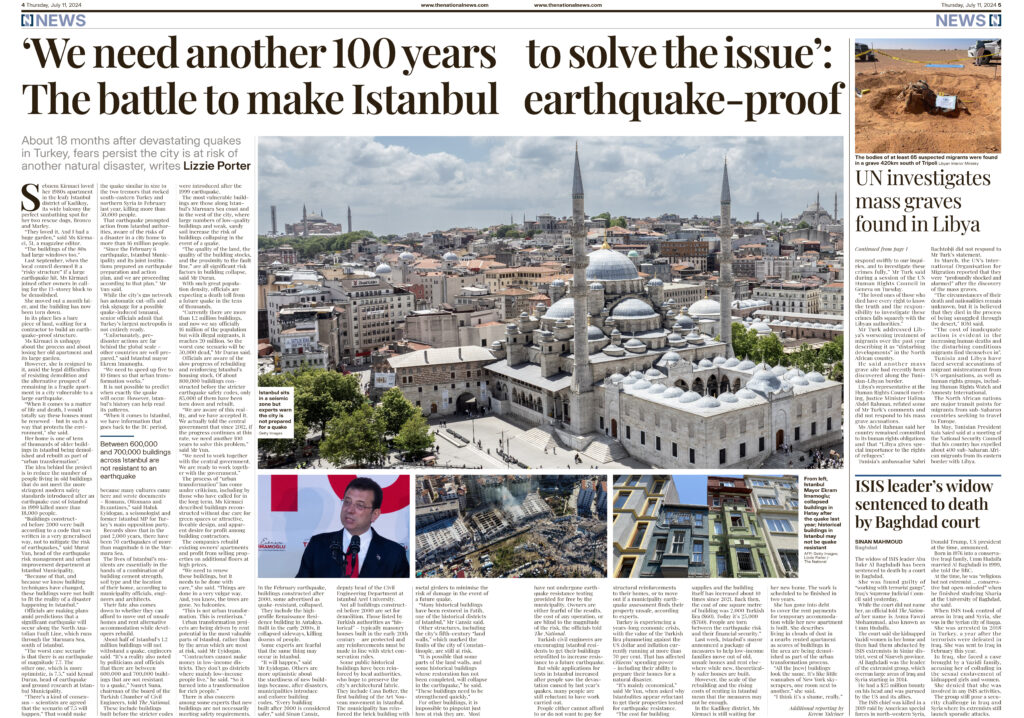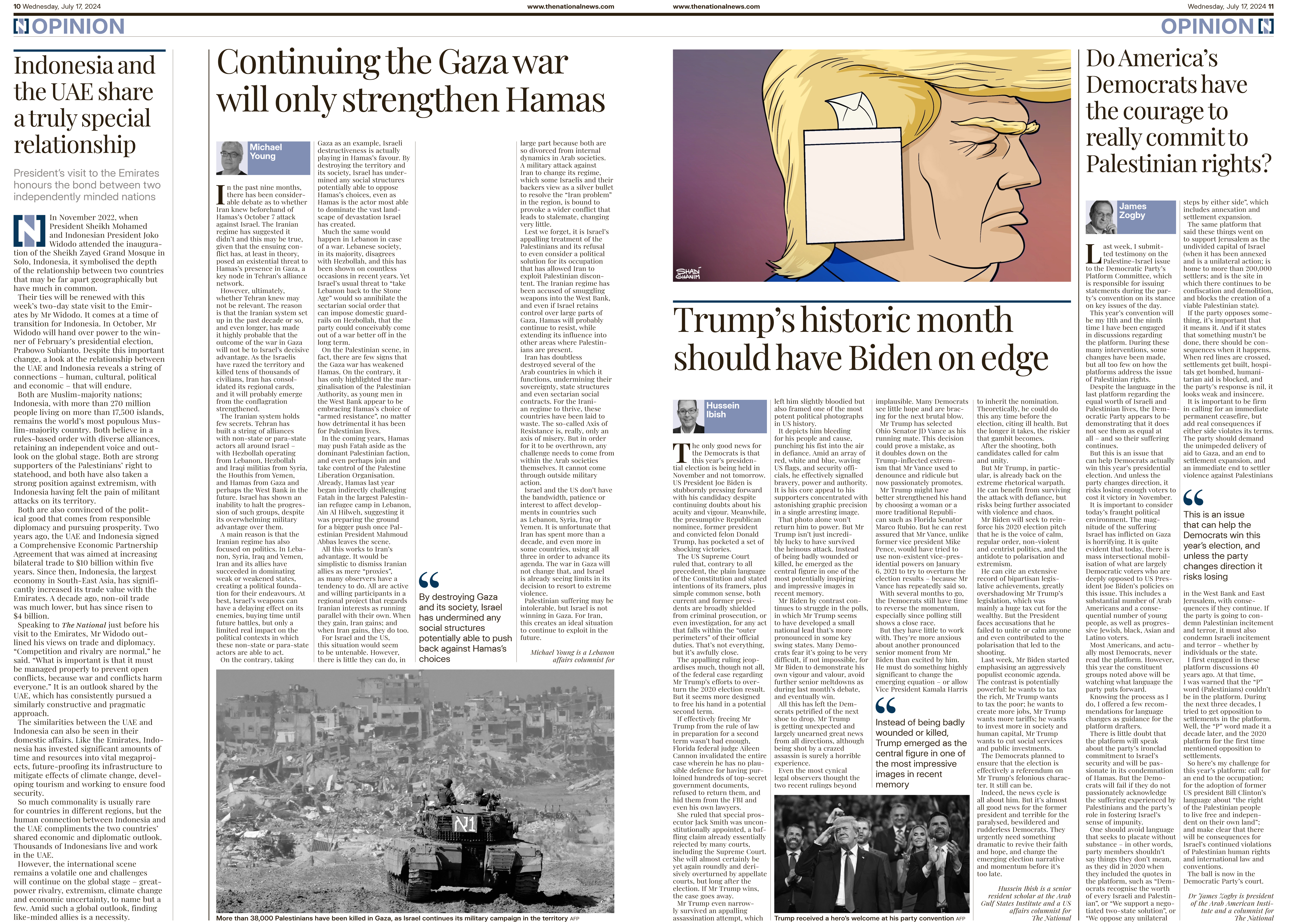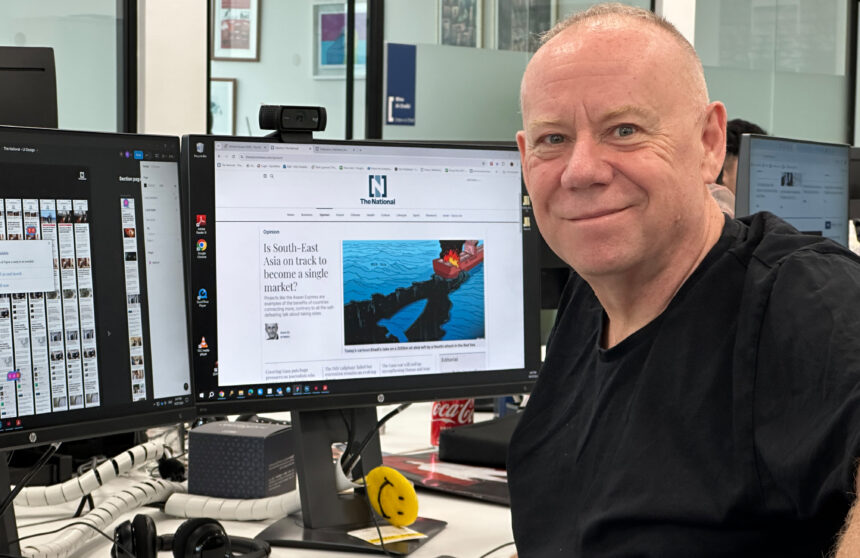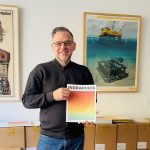Nick Donaldson, Creative Director of The National, UAE, discusses the redesign of his publication in an exclusive interview with T.K. Sajeev of newspaperdesign.org
What is the main goal of the redesign?
The move to redesign came from a desire to better reflect the editorial direction The National is taking. We have moved towards engagement over clicks with content being published with a quality over quantity approach. We wanted to reflect this in the design of the Website and Newspaper.
Before and After redesign

Who is the target audience for The National, and has this audience changed recently?
The target audience changes from platform to platform. The Newspaper aims to be of interest all English speakers in the UAE, both local and expat. We try to provide content that will appeal to intelligent professionals and with such a young population we hopefully reflect their interests as well as those of the Business community and those with an interest in the region and beyond. Those who like to stay informed.

Click here to explore the redesigned website
The website has a broader reach and readership. We have two editions, one UAE based and the other International. The content varies across these with a more local flavour to the UAE while retaining our core values of covering regional and world news. The international edition has a slightly broader view, making full use of our bureaus in London and Washington as well as the coverage provided by our correspondents spread around the region.
I am not sure the audience has changed, it’s always been an educated and informed one. Hopefully we will be giving them more of what they enjoy.
What core values and messages does The National aim to convey through its design?
I’d like to think that the design conveys what we aspire to be seen as. Confident, trustworthy and authoritative. There are hints of News Magazine’s within the design, conveying the ‘less-is-more’ approach. I’d like to think it carries a bit of gravitas.

How can the new design improve readability and user engagement?
There has been a move to remove a lot of the clutter that comes with websites. We’ve tried to remove or place in less obtrusive spots those little ads, ‘read More’s’ and links that try to tempt you away from the very thing you are reading to go somewhere else. To prioritise engagement over clicks and making our journalism easier and more pleasurable to read was the foundation of what we did.
We are now using more web-friendly fonts which are easier to read on screen and improves the load times and performance of the site. Readability and navigation have been at the forefront of the thinking behind the redesign.

How should the balance between text and visual elements be managed?
The visual elements should reflect the content. This may sound obvious but it means more than just showing a photograph that is relevant to the content. For example we have brought the ability to actually not have an image on certain online stories such as in our Comment and Opinion section. Where the words are king they should be front and center, let them stand for themselves. We are using less images on the Home page of the website, it aids the hierarchy of stories and lets the words and pictures breath. It reflects Print ideas of showcasing the stories in a more elegant fashion rather than being a glorified list.
How does the new design facilitate easier navigation for readers?
As stated above the Homepage is now easier to use in terms of the reader being able to better see the stories. In a room full of people shouting no-one gets heard. It’s a calmer experience for the reader and now you can see the wood for the trees.
We’ve redesigned the Navigation on the homepage as well as the drop-down menus and search function. All feeling lighter and simpler with focused and trending topics, Podcasts and Newsletters being highlighted as well as the standard list of sections.
The footer has also been simplified and tidied up so we would like to think that people can find what they are looking for with ease.

What is the concept behind the change in the nameplate design?
The Nameplate logo has been changed to sit with the new design while retaining its core and branding. This was for a few reasons, we loved the logo and branding and didn’t want to move too far from the original ‘N’ made up of brackets and quote-marks. We decided to make more of the ‘N’ and make the words ‘The National’ smaller while the ‘N’ grew bigger. We were looking to the make the logo work in central positions (before it ranged left due to the shape of it not lending itself to other positions). So it became symmetrical and centered. It is now carried across all platforms whereas before there was a disconnect between online and print versions of the Nameplate.
How will the new design connect the print version to the digital version?
As well as the Nameplate, the Online and Print are aligned in the typefaces and the way we use them. We are a Digital first organisation so the design of the website and app came before that of the paper and we built the print edition around the same principles we did online. The fonts are the same with some pushing and pulling here and there bend them a little for print. It turned out better than expected with the same light and airy feel transferring beautifully to print.
We are also carrying the design over into all the other platforms we produce, Podcasts, Social Media, Video titling, Graphics, Newsletters and of course our Magazine.

Is the redesign being done in-house, or are there external designers involved?
The entire redesign was done in-house, the bulk of the work carried out by my deputy Deepak Fernandez, Product Designer Ahmad Hussain and myself over the last few months while trying to fit our day job of producing a daily paper around it. It was both fun and stressful and made possible by designers Talib Jariwala and Gerald Du holding the fort while we worked on the redesign. I think for a small team we have achieved a lot in a short space of time.
We’ve also tried to keep the Development, Product management, Analytics and Testing work also inhouse. It’s been a learning curve and the entire team has worked together brilliantly with just the odd disagreement.
It’s been the first big steps of an ongoing process, but so-far, so-good. We hope you like it.
![]()





